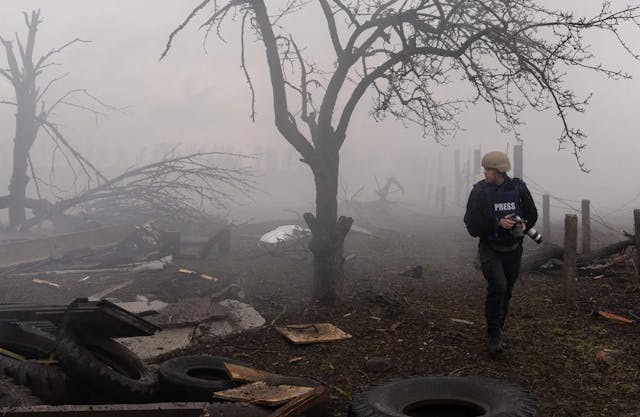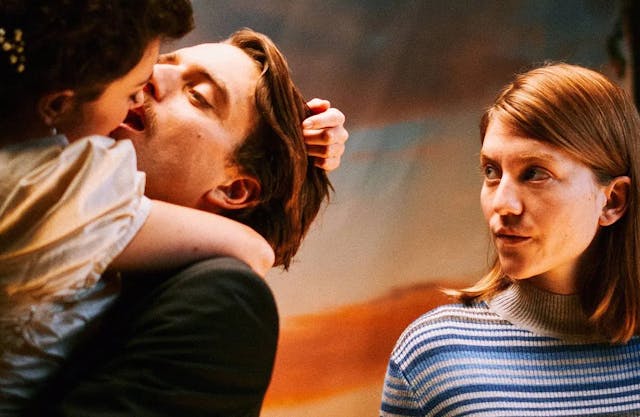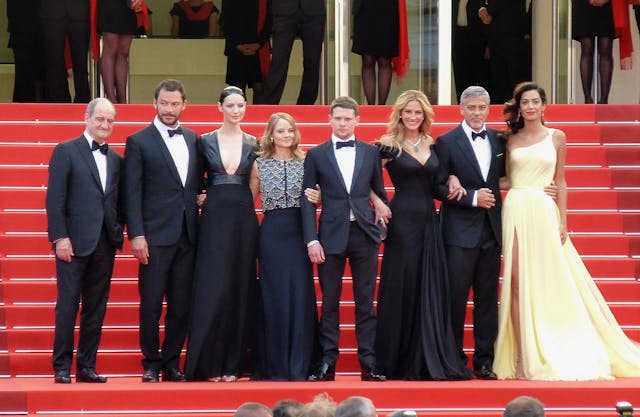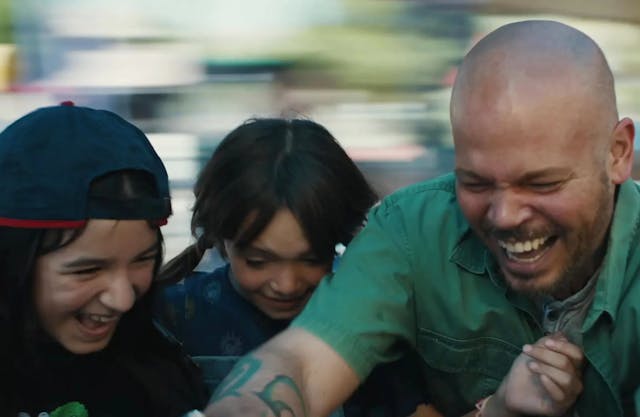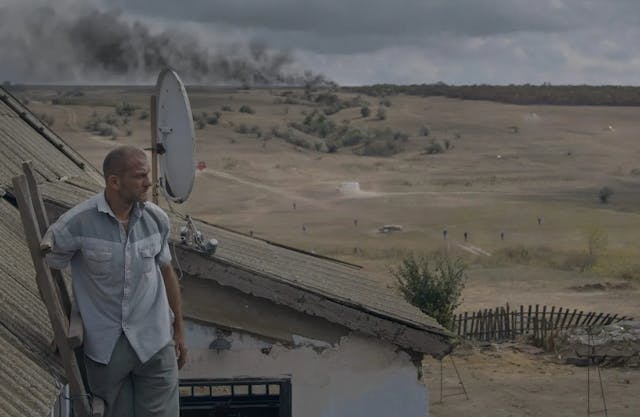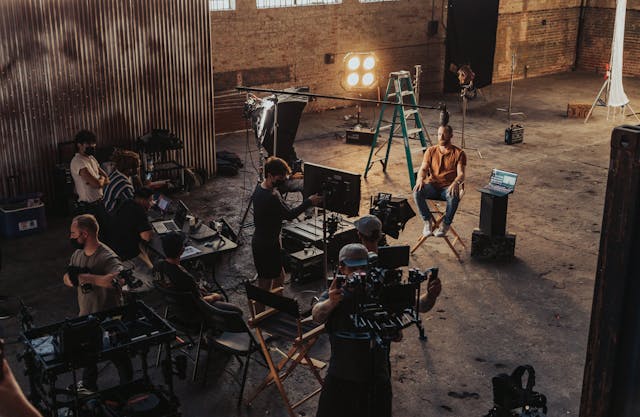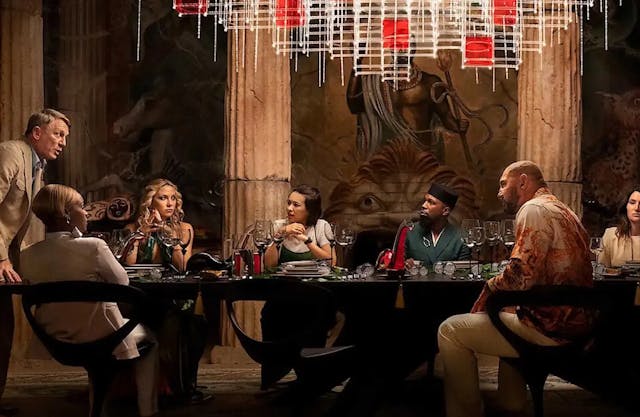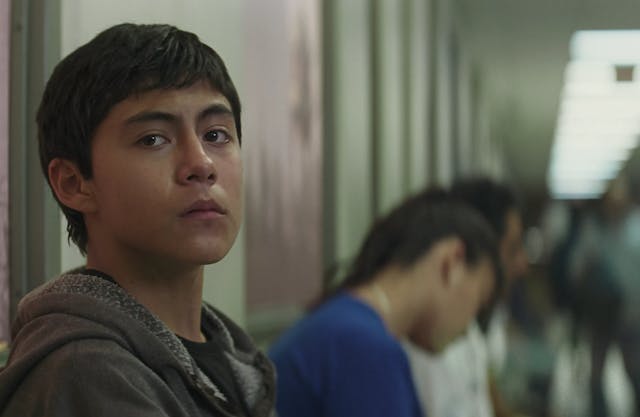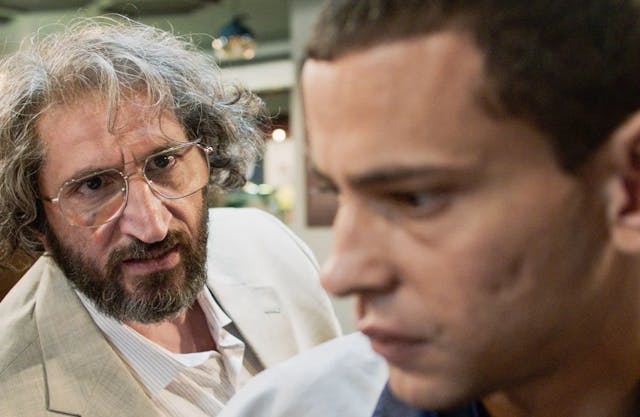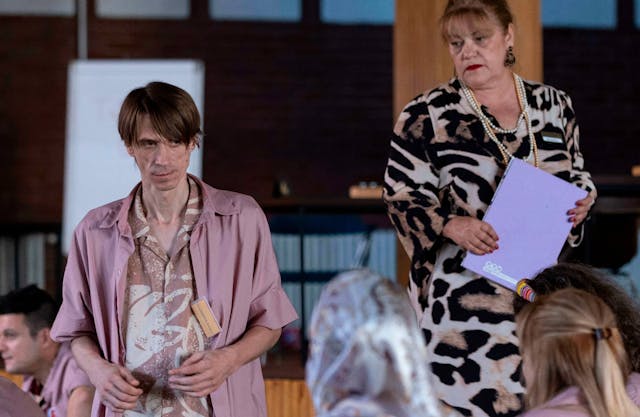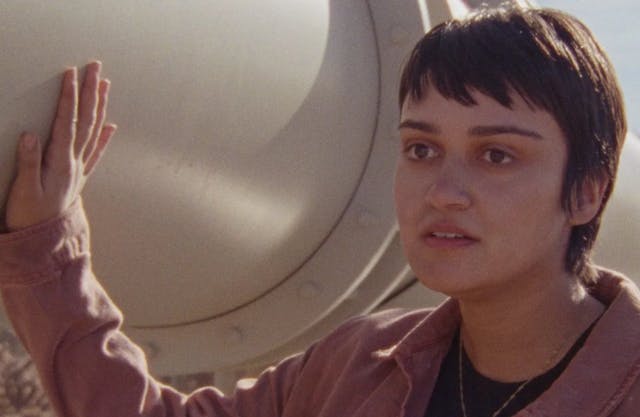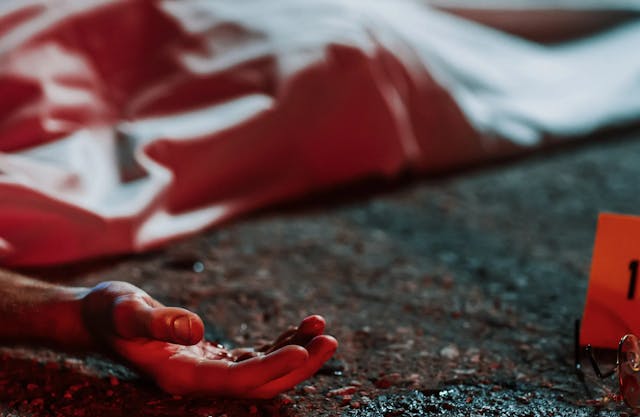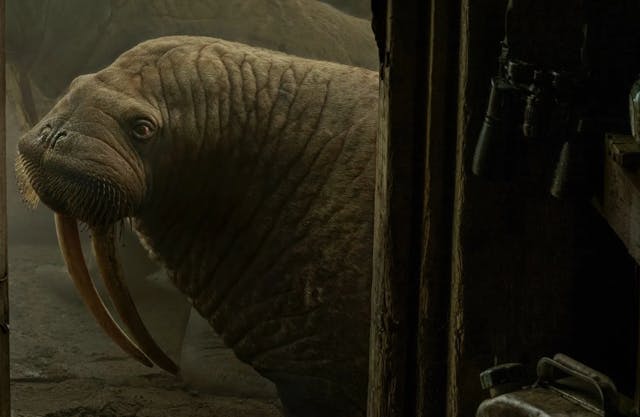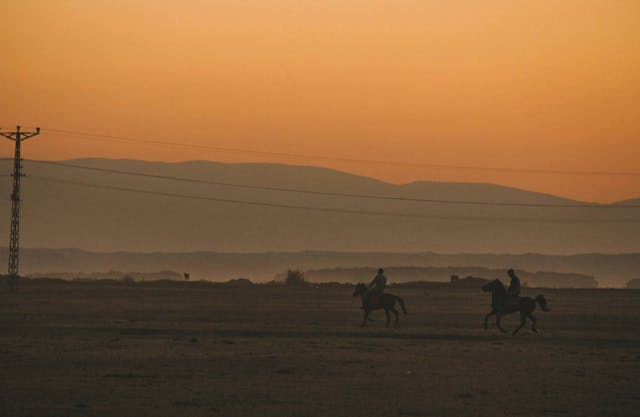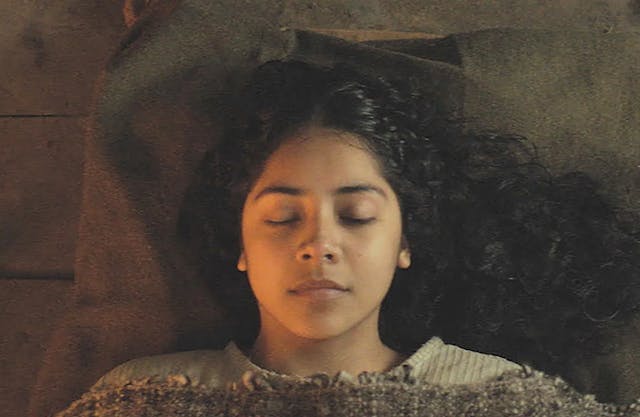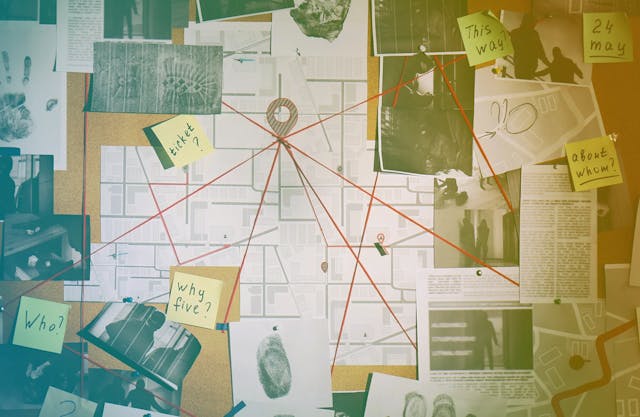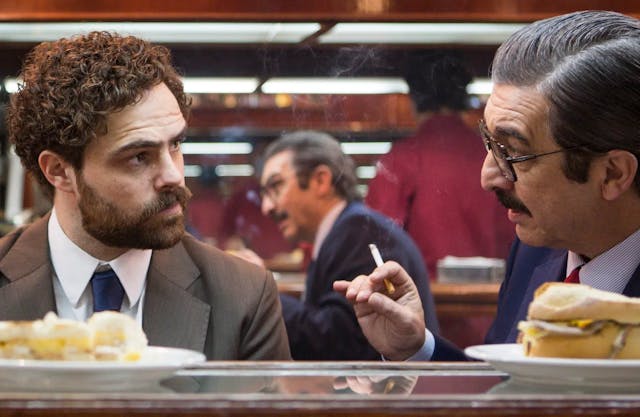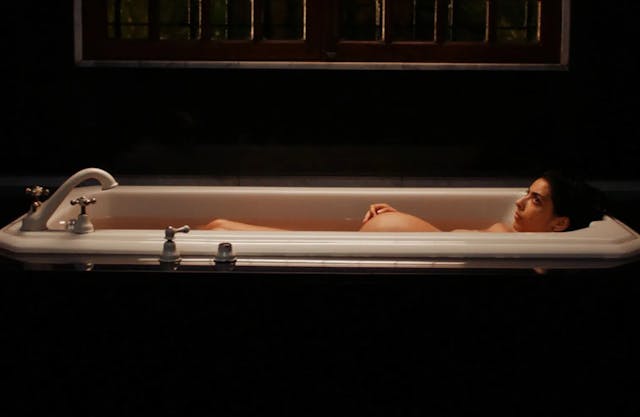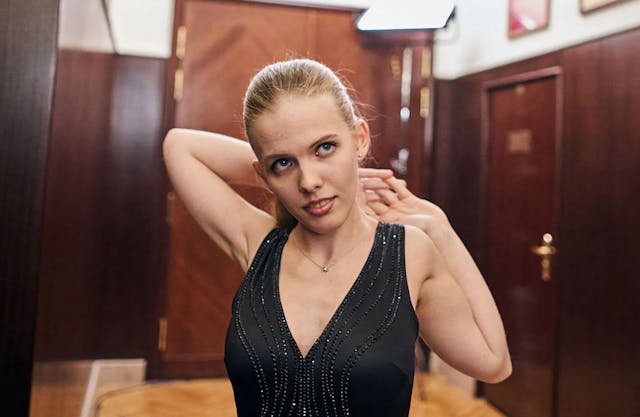Murder in Big Horn: Crime Documentaries Series Don't Get Any Better
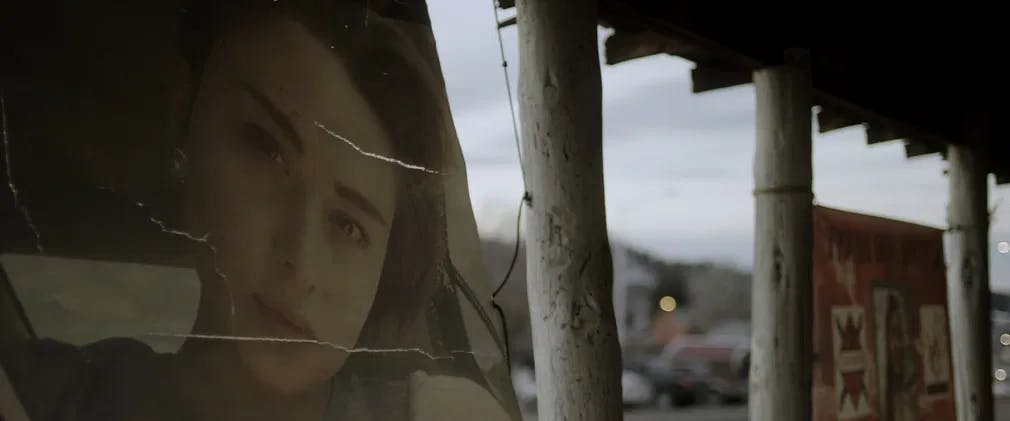
Missing and murdered indigenous women haunt "Murder in Big Horn" / Photo by Jeff Hutchens, courtesy of Sundance Festival and Showtime
The number of missing and murdered indigenous women in the United States is so high that it qualifies as a national crisis: 5,491 indigenous women were missing in 2022, according to the Federal Bureau of Investigation National Crime Information Center. This stark reality comes into focus in Murder in Big Horn, a three-part documentary series that premiered at the 2023 Sundance Film Festival and is now streaming on Showtime.
As far as TV crime documentaries go, this series has a strong journalistic brawn and a contagious sense of righteous anger. It's also a fascinating story. Native American filmmaker Razelle Galkin and producer Matthew Galkin tell the stories behind the murders of Henry Scott, Kaysera Stops Pretty Places, and Selena Not Afraid, as well as the disappearance of Shacajah Harding. The series anticipates the upcoming Martin Scorsese movie "Killers of The Flower Moon," denouncing how violence against Indigenous Americans is still a problem in America.
Popflick spoke with Galling and Galkin before the series premiered on Showtime.
Popflick: The social problem of violence against Native women is pervasive throughout the United States. Why do you zero in on Big Horn, Montana?
Matthew Galkin: Big Horn County has one of the highest concentrations of cases in the country, so it really is kind of ground zero for this issue. A lot of the cases there have a lot of similar aspects, as far as lack of investigation by local law enforcement. It is a sort of small geographical area. It was very important for Razelle and me to be able to put a human face on this issue. We knew from the beginning we did not want to go in and make a documentary full of statistics and institutional knowledge. We wanted to tell a human story from the inside. These cases are heartbreaking and incredibly compelling. The families of Henny Scott, Sara Stops Pretty Places, and Selina Not Afraid were instrumental in putting the issue on the national stage. From a storytelling point of view, it allowed us to tell both the micro story of these cases and the story of the macro issue.
Popflick: Razelle, at what point in the creative process did you decide to follow an episodic format instead of a feature film?
Razelle Benally: It has always been in episodic format because it allows us to go in and go deep on this matter, which is so vast and complex. It also gives a breath between each episode because it is such a heavy topic. We go from case to case through each episode, but thematically, we segue from one thing to another to explore further. The series opens with the Henny Scott case and Kaysera in the first episode but also starts to touch upon colonization's roots and history. In episode two, we segue away to the Selina Not Afraid case and dive deeply into that because of the available information. But we are also able to go more into history. With episode three, we wrap things up and take one last look at why this issue is the way it is. If we were to do a narrative film, it would have to be more concise and singular to an arc.
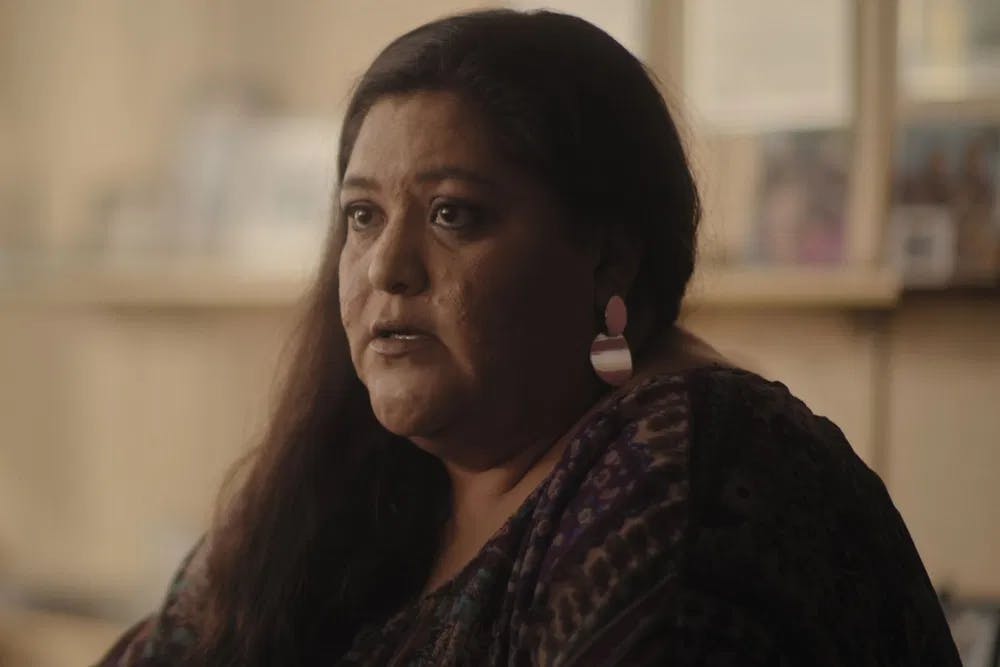
Journalist Luella Bren does not let any case go cold in Murder in Big Horn / Photo courtesy of Showtime
Popflick: How do you approach the families and convince them to participate in the documentary?
Razelle Benally: That was a lot of the work done by our producers who are native Blackfeet. The families have been very vocal already about their stories. When our producers approach them, sometimes they already know each other, but also, when you are a native director with native producers on a large project like this, we want to bring people in to be a part of it. We have good intentions, and we all have good heads on our shoulders. So, because we are at the helm, leading this project, it is well known that we will not go in, extract, and take the story away from its community. We were clear about our intentions, honest, upfront, and very open, whether they wanted to be a part of it or not. All of us saw eye to eye about how this is a great way to bring visibility to this issue and the victim's stories. There were no hunting people down or anything.
Popflick: Even the people that might not look good in the documentary, like the coroner, the ex-cop?
Matthew Galkin: Outside the families, there is a general resistance to media. It took months before we finally convinced Dr. Robert Kurtzman to sit for an interview. I do not think he has ever sat for an interview for anyone. Kurtzman was involved with or directly responsible for the autopsies of all of our victims. Then, there is the ex-Undersheriff, Eric Winburn, who we hounded for a very long time, and he was the last person we interviewed for the series. I think it adds an eye-opening perspective. White, male, non-native law enforcement's point of view on these cases is essential. A lot of people are stunned that these conversations were happening so openly.
Razelle Benally: It just contextualizes the biases we are constantly up against that makes it difficult for these families and advocates to fight for justice and accountability.
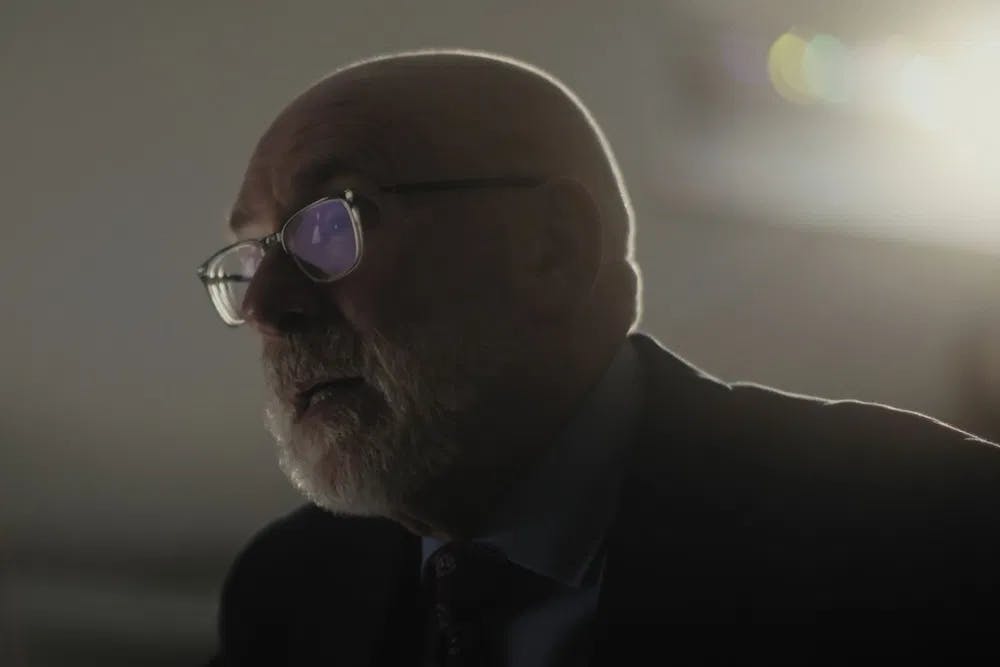
Coroner Kurtzman on the hot seat in Murder in Big Horn / Photo courtesy of Showtime
Popflick: You must create closure for the viewer, even when there is none?
Matthew Galkin: Razelle and I are not private investigators. We are not even investigative journalists. We are filmmakers. We all feel compelled not to figure everything out, not even find an ending, but to arrive somewhere. It was important to build this in a way that there was some destination. And for us, it ultimately was history. These cases may never be solved, but we show why Native American women are so vulnerable. And it goes back 200 years. And so, you see that the real crime here is colonization. It started hundreds of years ago and continues to affect every minute of life on reservations today.
Popflick: Series like AMC's Dark Winds and FX's Reservation Dogs are lifting the profile of Native American talent. Are things getting better in the film industry?
Razelle Benally: We have always been competent storytellers. America is waking up not only to many of our issues but to the fact that they have been misconstrued. There is a misrepresentation of us in the media. Television shows like Reservation Dogs are a clear example of how something beautiful can come about with true representation. It has true indigenous creators at the helm of it. The show-runners, writers, and directors are indigenous. All of the main actors are from native indigenous First Nations. It is a huge feat, but it is the only project like that. It has gotten so many accolades, as it should because it deserves it. There are steps taken to move forward with creatives in key positions in film and television, but I would say it's not good enough. We are not there yet.
* For more information about violence against native American Women and how to help, visit the National Indigenous Women Research Center. "Murder in Big Horn" is streaming on Showtime.
Want to get an email when we publish new content?
Subscribe today